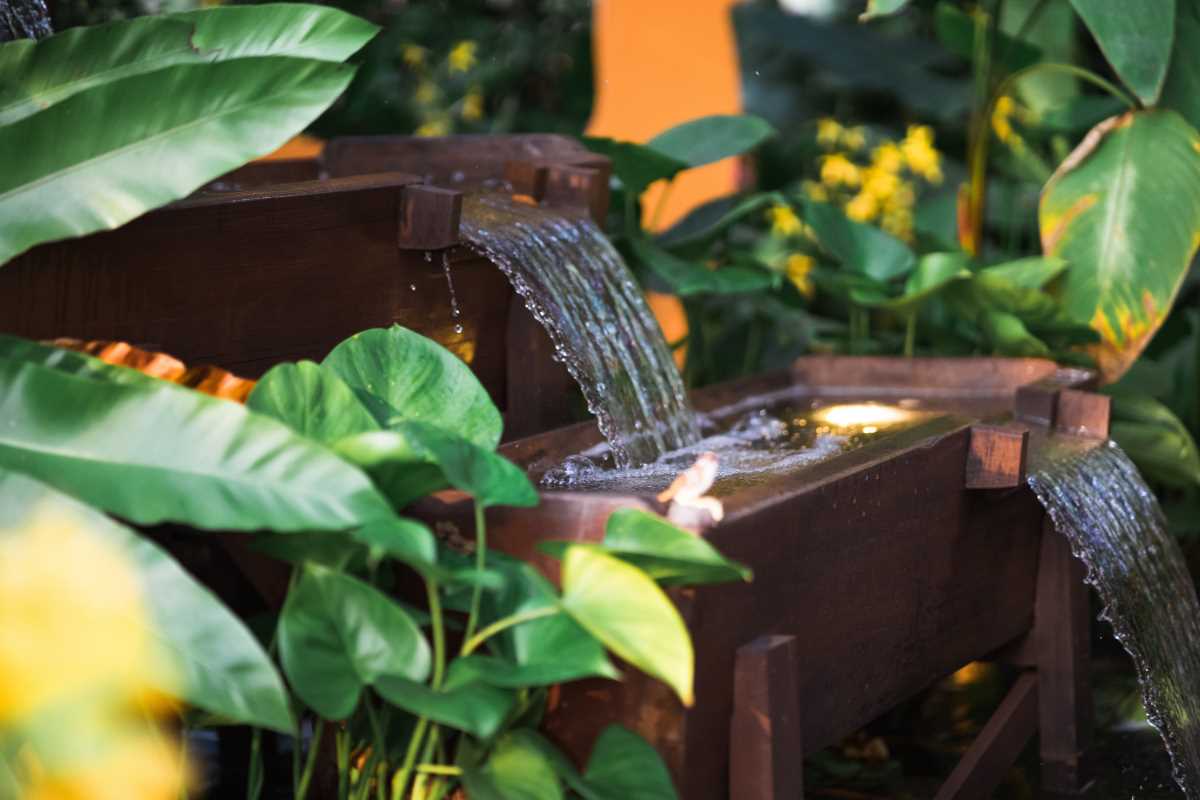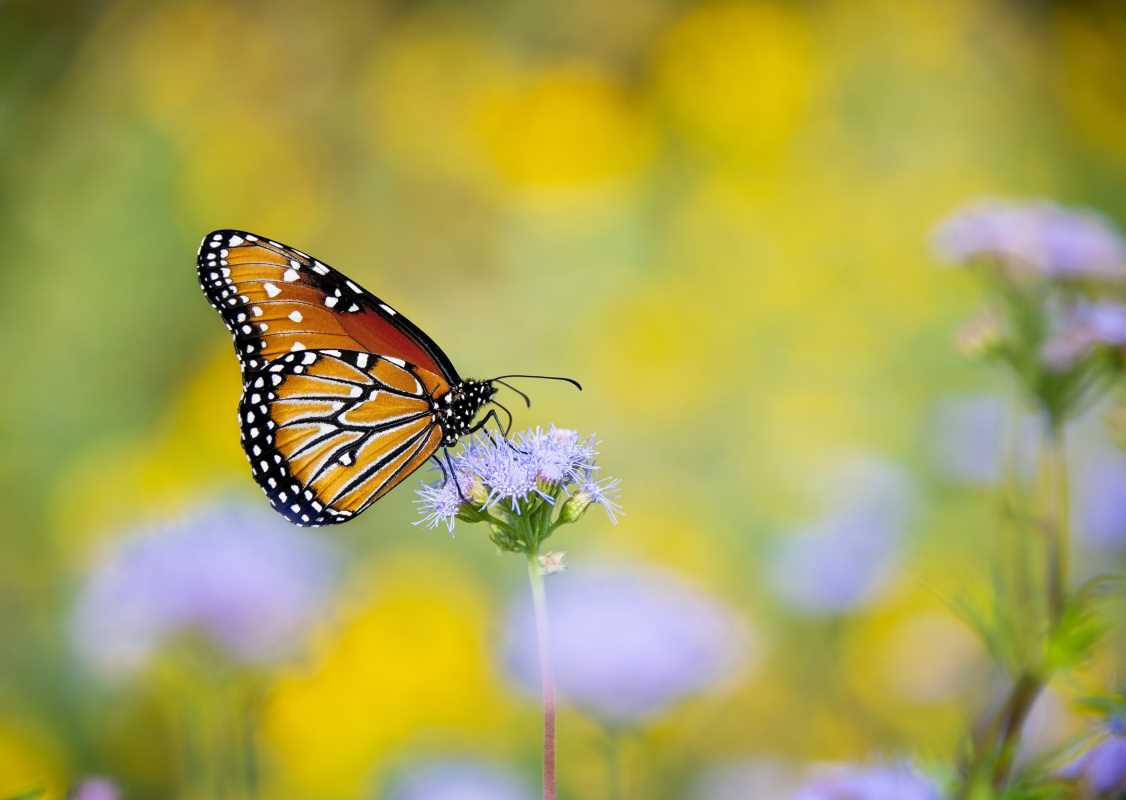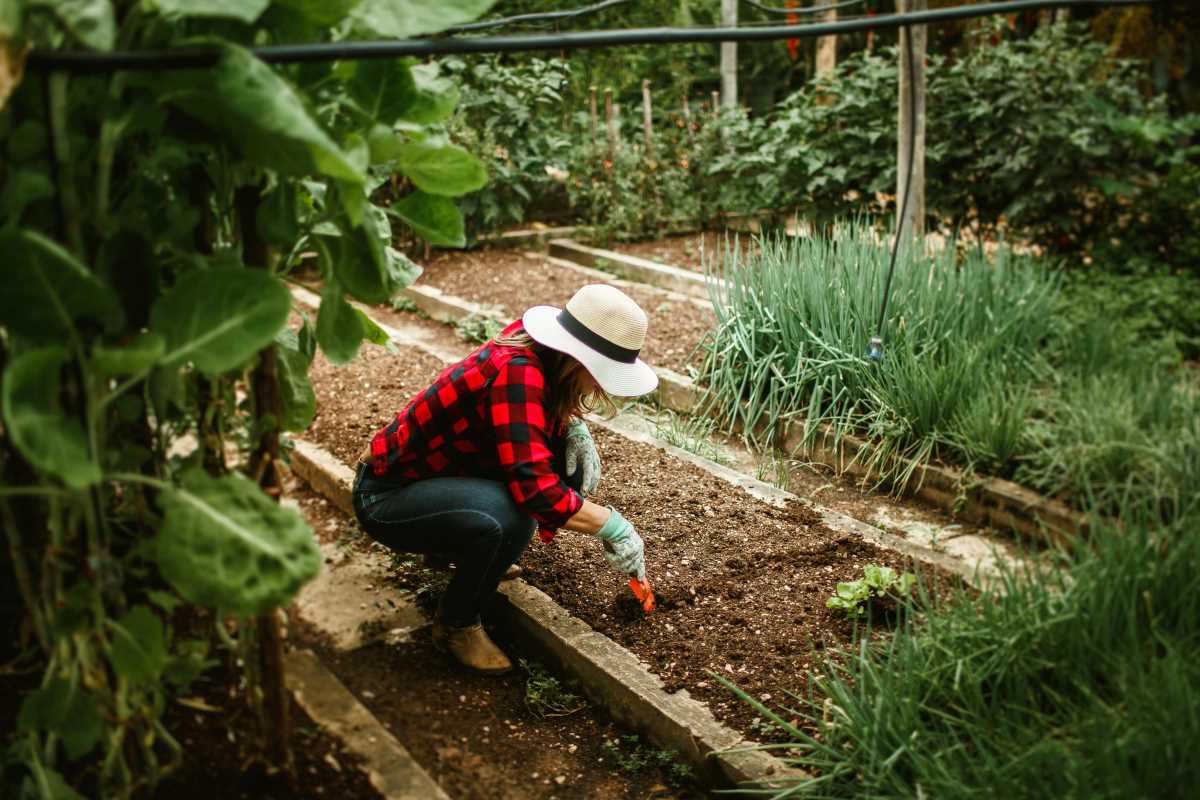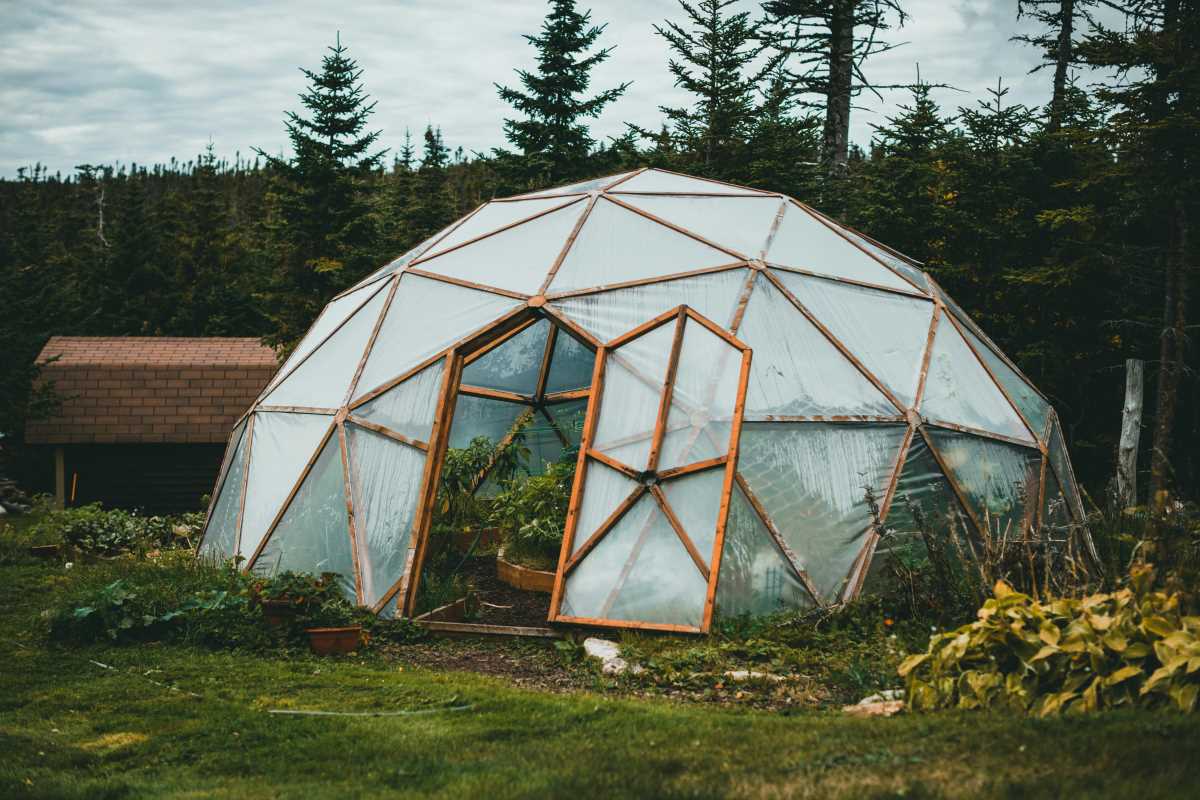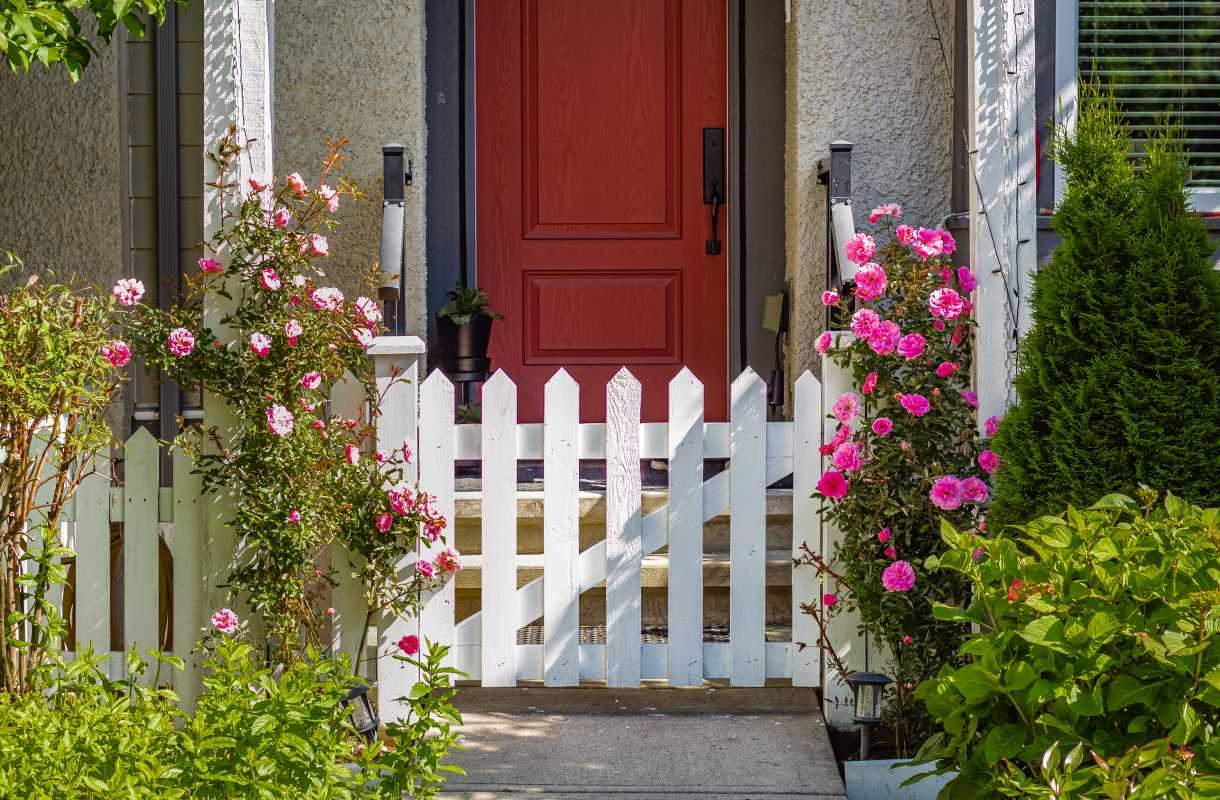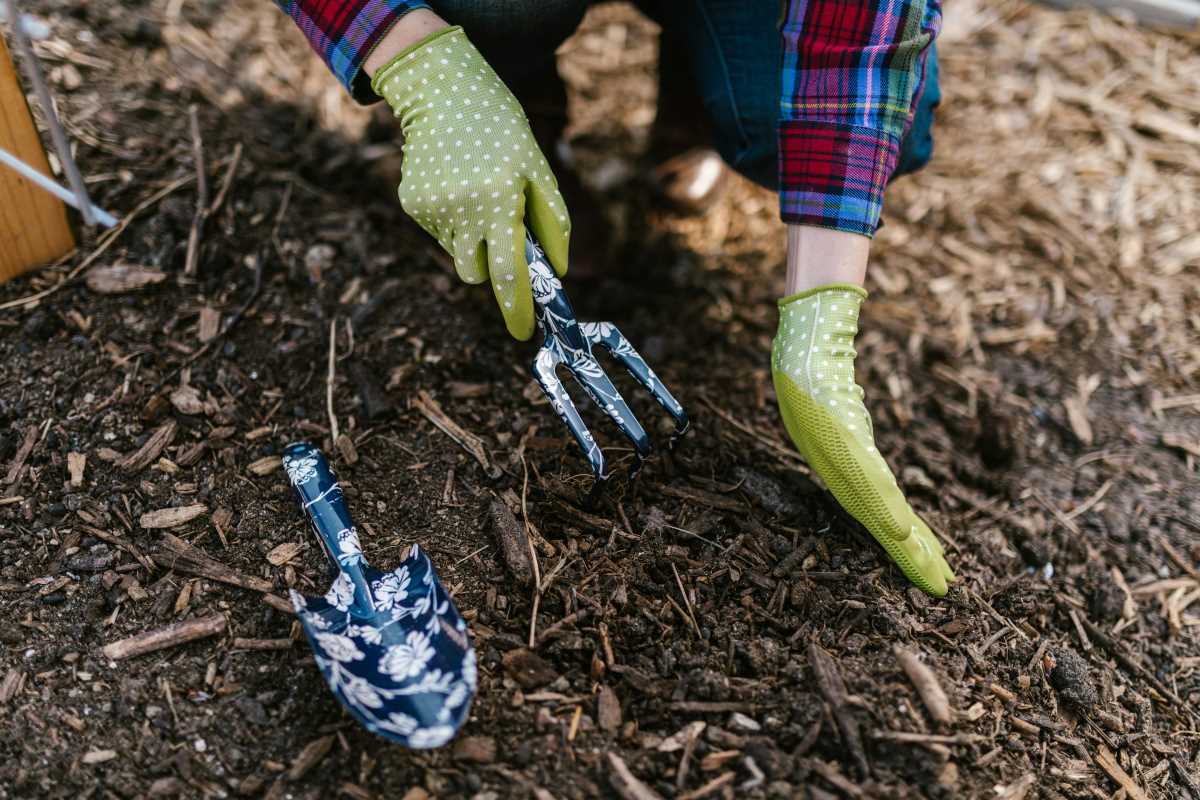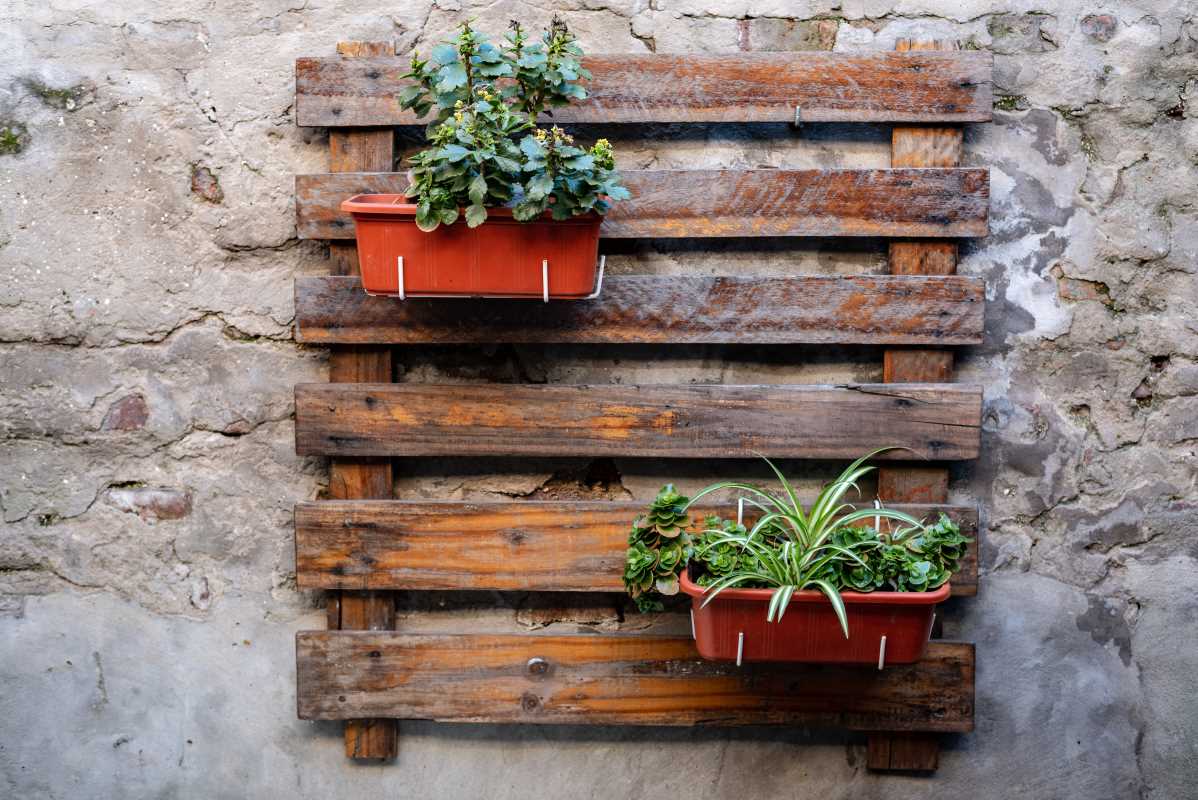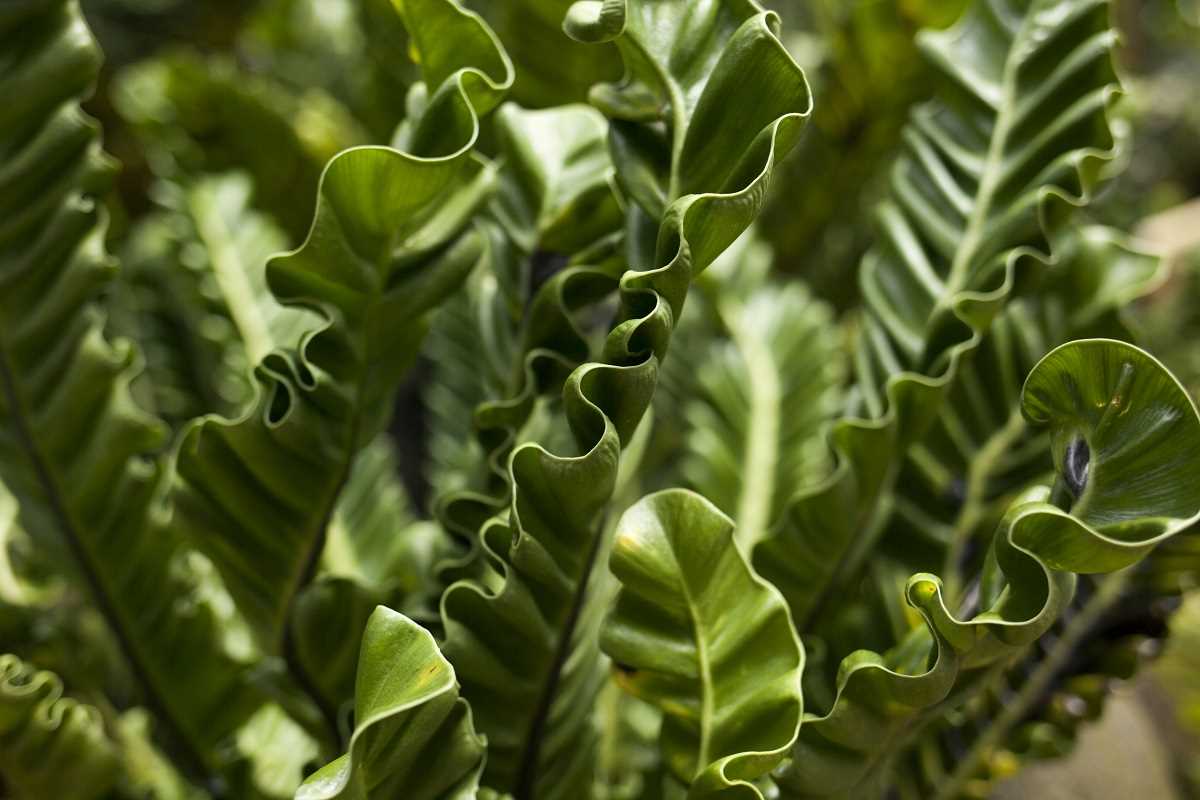Wildlife-friendly landscaping can blend seamlessly with a clean, well-groomed front yard. Planting vibrant flowers and carefully chosen shrubs attracts birds, butterflies, and small mammals, all while maintaining crisp edges along walkways and garden beds. You don’t need elaborate equipment or advanced skills—just a willingness to try new plants and adjust your usual routine. This guide explains straightforward actions you can take right away, offering helpful tips for inviting nature closer to your doorstep without sacrificing order or curb appeal. Enjoy the beauty of a lively front yard that still feels tidy and welcoming every day.
You’ll learn how to spot existing habitat features, pick the right native plants, lay out a striking design, add water and shelter, and keep everything healthy with simple upkeep. No fancy gear, no complicated terms—just clear instructions you can follow in a weekend.
Evaluating Your Garden’s Potential for Wildlife
Before you dig, take a walk around your yard and look for spots where wildlife might already visit. Seeing what’s working helps you build on natural patterns, saving you time and money.
- Notice sunny and shady areas—some plants and critters prefer one over the other.
- Check soil moisture by pressing a finger into the ground—moist or dry spots call for different species.
- Watch existing bird perches like fences or low tree limbs for several days.
- Spot any nearby water source like a leaky hose or puddles, which attract birds and insects.
Mark these observations on a simple sketch of your yard. This map becomes your blueprint for where to place plants, feeders, or small ponds. You’ll avoid crowded beds and showcase each feature instead of hiding it.
Choosing Native Plants and Features
Native plants feed local wildlife and handle your climate without extra fertilizer or constant watering. Aim for a mix of flowering plants, berry bushes, and seed heads to offer food throughout spring, summer, and fall.
Here are some suggestions:
- Milkweed: Hosts caterpillars and draws pollinators.
- Serviceberry: Provides berries for birds in early summer.
- Goldenrod: Attracts beneficial insects and brightens edges.
- Switchgrass: Offers nesting material and shelter in winter.
Designing for Curb Appeal and Wildlife
You want a layout that draws the eye to focal points, with wildlife-friendly spots woven in. A numbered plan helps you keep the balance between neat lines and natural clusters.
- Anchor a corner bed with a small grouping of shrubs for structure.
- Place flowering perennials in drifts rather than single rows.
- Add a low border of stones or bricks to define paths.
- Install a slender bird feeder near a window for easy viewing.
- Use mulch in contrasting colors to highlight plant groupings.
Line your driveway or walkway with low-growing native groundcovers to soften edges and give insects a landing pad. You’ll create depth without sacrificing a neat, clean line that visitors will notice and admire.
Providing Water and Shelter
Wildlife needs fresh water and places to hide. You don’t need a large pond—small features can make a big difference. A shallow dish on a pedestal works for birds, and a few rocks with moss around a timer-driven sprinkler tray can help insects drink without drowning.
To add shelter, arrange a small pile of logs in a shaded corner. Leave gaps between pieces so frogs, beetles, and lizards can slip in. You can also hang a simple birdhouse near a planting bed—position it so it’s visible but not easy for cats to reach.
Simple Maintenance Tips
Keeping your garden neat and wildlife-friendly depends on simple, regular tasks. Spend just 15 minutes daily to stay on top of weeds, check for pests, and water wisely.
- Pull small weeds by hand before they spread.
- Trim spent blooms to encourage more flowers.
- Refill water dishes every other day and scrub them weekly.
- Check plant health monthly for signs of disease or pests.
- Add fresh mulch in spring to retain moisture and suppress weeds.
Use a basic gardening journal on your phone or notebook to track what blooms when and what wildlife shows up. Over time, you will notice patterns and adjust plant choices to make your yard even better.
Use simple tools and enthusiasm to attract more birds, bees, and small creatures while maintaining a neat appearance. Implement ideas gradually to create a lively, welcoming garden for everyone passing by.
